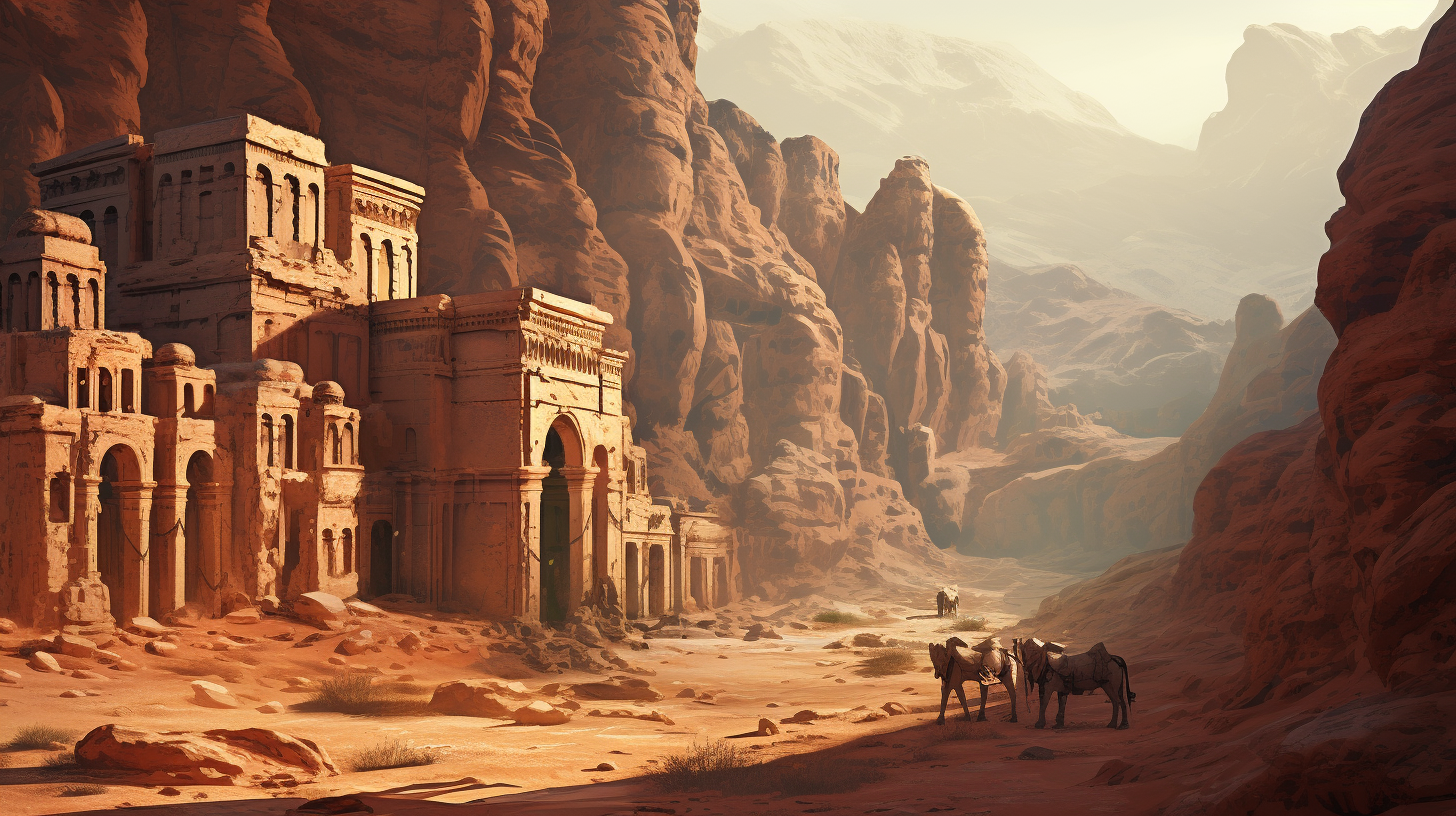Back in June 1812, Johann Ludwig Borchard, a daring Swiss explorer and geographer, embarked on a remarkable journey into the depths of the Middle East. The purpose of his mission was to reveal a long-forgotten mystery hidden within the deserts of Jordan—a city known as Petra. This extraordinary adventure led to the revival of a once-thriving metropolis, marking a significant moment in history.
Breaking the enigmatic secrecy surrounding Petra was no easy task. The city had been veiled in mystery for centuries, with its location closely guarded by the locals. To unlock this well-kept enigma, Borchard underwent a meticulous transformation.
He dedicated months to mastering the local Arabic dialect and even crafted an elaborate Bedouin disguise to assimilate seamlessly into the culture. His covert efforts propelled him to navigate through a region rife with conflict and suspicion towards European explorers.
After a challenging journey filled with cryptic clues and relentless searches, Borchard’s determination finally paid off. He found himself traversing a narrow, shadowy desert canyon where, to his amazement, the splendid ruins of Petra unveiled before him.
This sprawling ancient city, intricately carved into the rock, surpassed all his expectations. In 1812, Johann Ludwig Borchard made history by becoming the first European to lay eyes on Petra in over five hundred years, captivating the world with his vivid narrative.

Once a vibrant hub housing 30,000 to 50,000 inhabitants, Petra flourished between 500 BC and 500 AD. It showcased all the characteristics of a bustling city: a central district, a thriving main street, and an assortment of architectural marvels.
The Nabateans, the creators of Petra, amalgamated influences from the Greek Hellenic and Graco-Roman realms with elements from Syria and modern-day Iraq, creating the awe-inspiring carved structures that define the city.
With over 800 meticulously crafted structures, Petra has left an enduring imprint on history. In 2007, Petra was honored as one of the New Seven Wonders of the World, solidifying its status as a global treasure.
Despite its renown, the reasons behind Petra’s decline have puzzled historians for generations. While earlier theories pointed to shifting trade routes, recent research by archaeologist Thomas Paradise has shed new light on the matter.
Employing modern archaeological methods like GIS and laser technology, experts have pieced together the puzzle of Petra’s past.

In a surprising revelation, evidence suggests that a catastrophic flood struck Petra in the 5th century, devastating the downtown area for at least a year.
Despite efforts to rebuild post-calamity, this marked the beginning of Petra’s gradual decline from its heyday.
Beyond its historical significance, Petra maintains a spiritual link to the Bible. Atop Petra stands the mountain called Jebel Haroon, translating to the mountain of Aaron. Legend has it that this is where Aaron, the brother of Moses, rests eternally. Pilgrims throughout the ages have journeyed to this sacred site, upholding a tradition spanning millennia.
Video:
Often dubbed as the “lost city of stone,” Petra remains a captivating mystery. Its tale, slowly fading from historical annals, continues to arouse curiosity. As we delve deeper into Petra in the upcoming years, the expedition to unlock its secrets promises to be even more extraordinary than the discoveries already unearthed.
